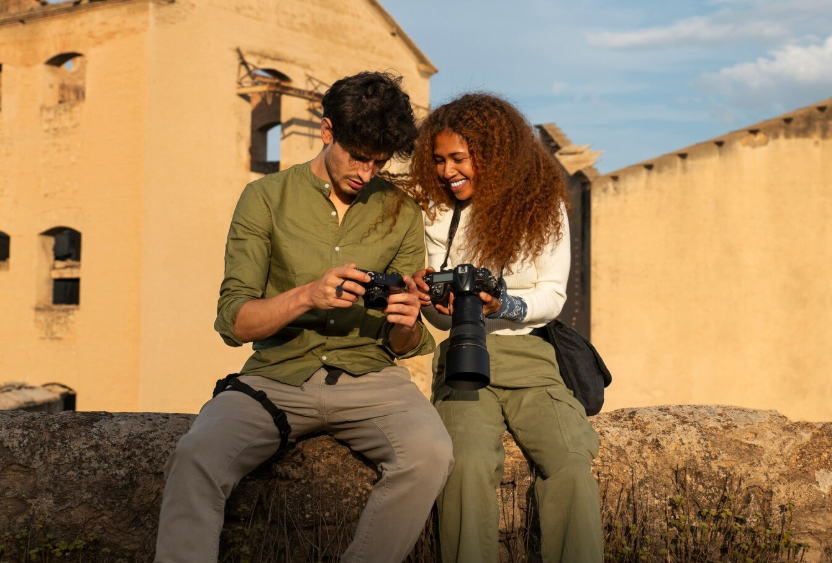Cultural Heritage Preservation: Stories of Traditions That Endure
In our rapidly evolving global landscape, preserving cultural heritage is more than a romantic ideal—it’s a necessity. Culture forms the bedrock of identity, social cohesion, and intergenerational continuity. As cities grow, economies globalize, and digital technologies advance, age-old traditions face unprecedented pressure. And yet, in the midst of change, there are communities and initiatives around the world that continue to breathe life into their cultural legacies.
The Value of Cultural Heritage
Cultural heritage, whether tangible like architecture and artifacts, or intangible like language, music, and rituals, tells the story of humanity. It reflects the values, histories, and wisdom of societies. More than just the past, cultural heritage helps people make sense of the present and provides a compass for future generations. UNESCO has long emphasized the importance of safeguarding heritage as a fundamental human right and a cornerstone of sustainable development.
Stories of Enduring Traditions
Japan’s Washoku Cuisine
In Japan, traditional culinary practices—collectively known as washoku—have not only survived modern fast food culture but have become globally respected for their balance, presentation, and nutritional value. Recognized by UNESCO in 2013, washoku continues to be taught from parents to children, and celebrated through national holidays and communal meals.
Mexico’s Day of the Dead
Despite modernization, Mexico’s Día de los Muertos remains a vibrant expression of cultural identity. This tradition honors deceased loved ones through altars, marigolds, and storytelling. Families across Mexico, regardless of their socioeconomic background, observe the celebration, ensuring that the tradition remains an essential part of the national identity.
India’s Handloom Weaving
In India, the age-old art of handloom weaving—once threatened by industrialization—has seen a revival through artisan cooperatives and government support. Regions like Varanasi and Kanchipuram are once again thriving hubs for traditional textiles. These fabrics, rich in symbolism and technique, continue to be worn proudly on festive and ceremonial occasions.
Scotland’s Gaelic Language Revival
The Gaelic language, once in decline, is being revived through community schooling and media in Scotland. Institutions and local leaders have launched immersion programs and media channels to bring back the language in daily use, helping to safeguard a linguistic heritage central to Scottish identity.
Technology as a Tool for Preservation
Digital archives, virtual museums, and AI-powered language tools are transforming cultural heritage preservation. Platforms such as Google Arts & Culture, for instance, allow global audiences to explore indigenous dances, traditional art, and historical monuments. By integrating technology, communities can document their customs, making them accessible across generations and geographies.
Challenges in Cultural Preservation
Despite global efforts, many traditions face threats—from urban sprawl and climate change to cultural homogenization and loss of native speakers. Migration and displacement can also weaken ties to cultural roots. It’s essential for governments, NGOs, and private sectors to collaborate on policy-making, education, and community engagement that prioritize preservation.
The Role of Businesses in Cultural Heritage
Business leaders and organizations are increasingly recognizing their role in cultural stewardship. Supporting local artisans, sponsoring heritage sites, and integrating cultural elements into branding are all ways companies can contribute. Furthermore, engaging in culturally aware practices enhances brand authenticity and strengthens connections with diverse audiences.
Learning New Languages as an Expat: Strategies for Quick Success
Language is a fundamental part of cultural heritage, and for expatriates, learning the local language can unlock meaningful experiences. Here are a few strategies for success:
- Immerse Yourself: Surround yourself with native speakers through community activities, local markets, and social groups.
- Leverage Technology: Use apps like Duolingo, Babbel, or language podcasts to stay consistent with daily practice.
- Hire a Tutor: One-on-one lessons offer personalized guidance and accountability.
- Be Patient: Language acquisition is a journey—celebrate small wins and stay committed.
By learning the language, expats not only integrate better into their host countries but also become advocates for cultural exchange and preservation.
Stay Connected for More Travel and Lifestyle Inspiration
For more insights into travel, culture, and lifestyle tips, follow me on Instagram @salvadorordorica. If you’re seeking professional translation and localization services to enhance your global ventures, visit The Spanish Group — your trusted partner in bridging cultures worldwide.

